Are you thinking about starting a garden but feeling unsure about the soil? Don’t worry! I’ll guide you step by step through everything you need to know about soil. I’ll discuss soil’s basic components and help you find the right type for your needs.
You will also learn about the different layers of soil and the living organisms that thrive in them. We’ll explore its various types and provide tips on how to improve soil health and quality.
It’s important to match the type of plant you are growing with the right soil conditions. Doing so helps ensure your plants thrive in their environment.
5 Key Takeaways on Guide to Soil
- Soil is a living ecosystem made up of air, water, organic matter, and microorganisms. Understanding its layers such as topsoil and subsoil is important for supporting plant growth.
- Healthy soil is vital for maintaining plant health and vitality. It houses a diverse community of life, including bacteria, fungi, and earthworms, which contribute to nutrient cycling and soil structure.
- Different soil types affect how you garden. Choosing the right type of soil for your plants is key to maintaining a healthy garden and easy care routines.
- Soil texture and pH influence plant growth and nutrient availability. Tests like the feel test and jar test help determine soil texture, while pH testing reveals soil acidity or alkalinity. Understanding these factors helps gardeners adjust soil conditions to meet the needs of specific plants.
- Preparing soil means creating the right balance of nutrients, texture, and pH. Adding organic matter like compost and mulch enriches soil fertility and structure. Techniques like double-digging and using fertilizers further improve soil quality.
What Is Soil and Why Does Soil Health Matter?
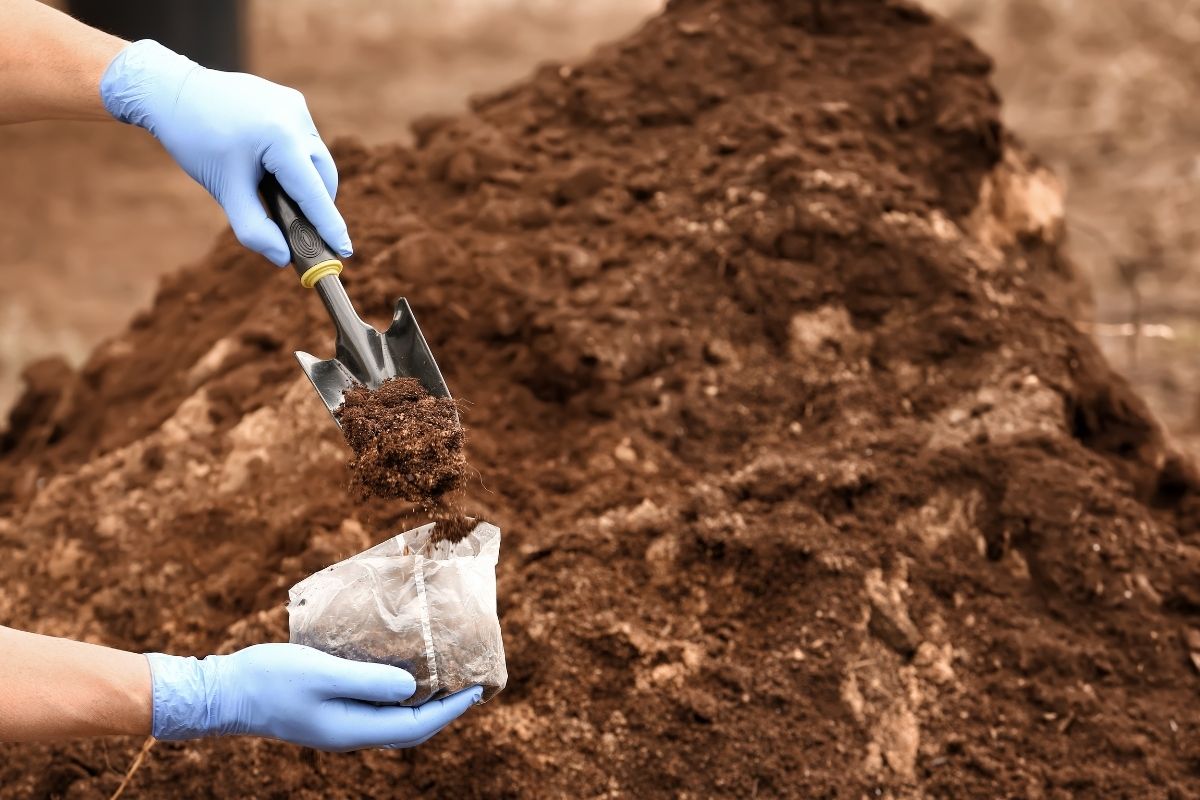
Understanding soil is the first step to a thriving garden. Soil is an ecosystem that’s important for plant health. Mastering the basics of soil will help you in keeping your plants healthy and supported.
Layers of Soil
Soil is composed of several materials that are necessary for sustaining living organisms and plants. It contains air, water, rock particles, and several organic matter. It is also home to fungi, earthworms, and other microorganisms that contribute to soil health. Each layer of soil has an important role to play.
Here are the different layers of soil:
- Topsoil – Topsoil typically has less clay but more organic material and air compared to the layers below. This makes it super fertile and home to most roots.
- Subsoil – The subsoil tends to be heavier on the clay and lighter on organic matter when compared to the topsoil. You’ll often spot shades of red, brown, and yellow in it. When the soil doesn’t drain well, the subsoil might look more on the gray side.
- Rock Layer – This layer is found at the bottom part and provides stability.
These layers affect how well plants can grab the nutrients and handle the soil’s pH. It directly impacts their growth and well-being.
Soil Health
Healthy soil is your garden’s best friend when it comes to plant growth and vitality. It’s a vibrant community of life that provides essential nourishment for your garden.
Soil plays an important role in mitigating climate change by trapping carbon from the atmosphere. Its pH and texture also influence your plant’s nutrient absorption ability as most plants thrive in soil with a pH between 6.5 and 7. Now you can already see how poor soil can affect plant life and its way of survival.
What Are the Different Types of Soil?
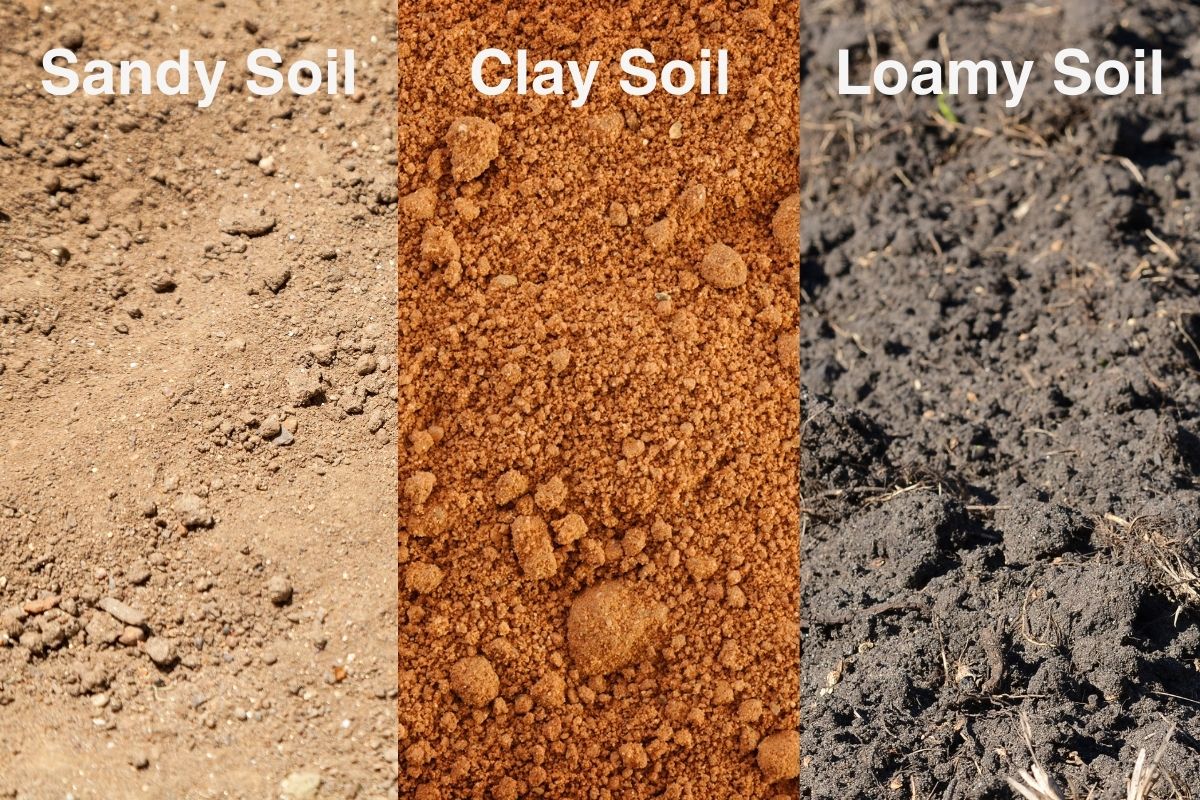
Soil varies in texture and composition, which can affect the type of plants you can grow in it. Successful gardening means being able to identify your soil type and adjusting it to fit your preferences in plants.
1. Clay Soil – Rich, Heavy, and Packed With Nutrients
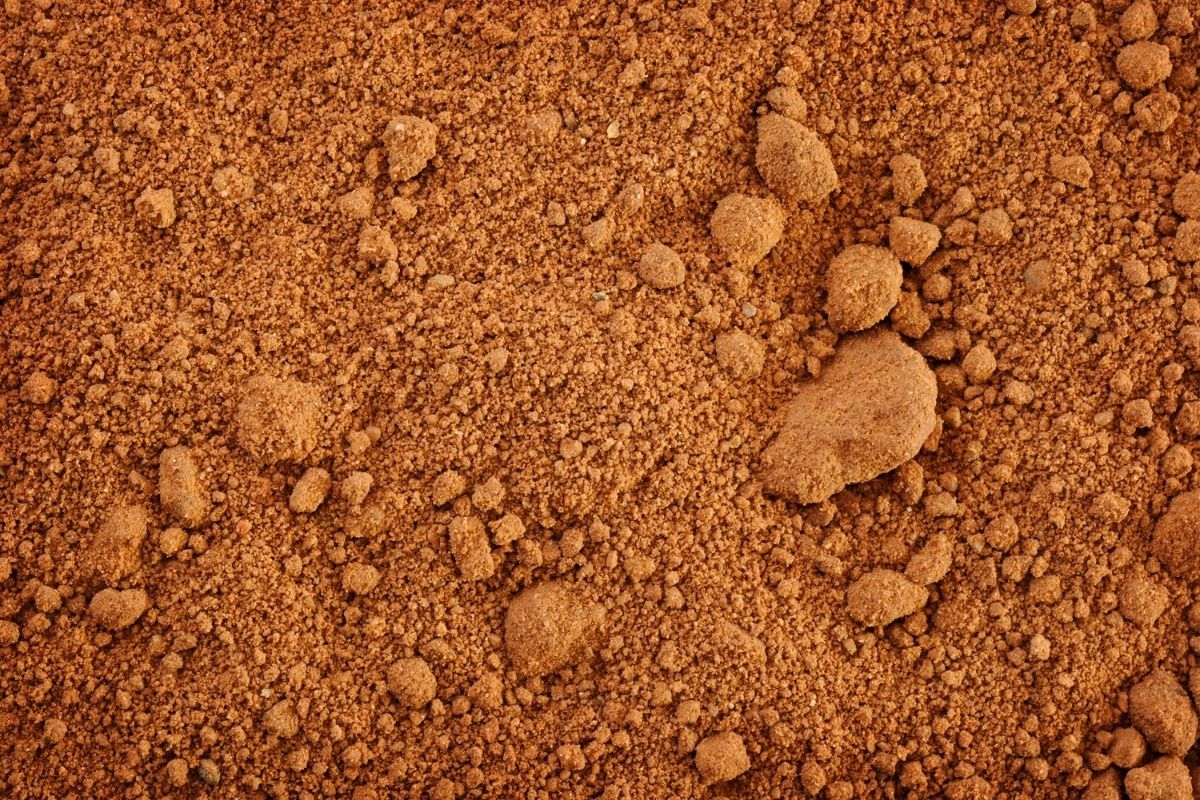
Clay soil is packed with nutrients and retains water well but it can be difficult to work with. This type of soil has poor drainage due to its tiny particles. Clay is ideal for plants that like moist conditions. When wet, it can be very compact and leave little room for aeration. When dry, it can get rock-hard.
Plants that thrive in clay soil:
- Roses
- Bluebells
- Foxglove
2. Sandy Soil – Loose, Light, and Easy to Work With
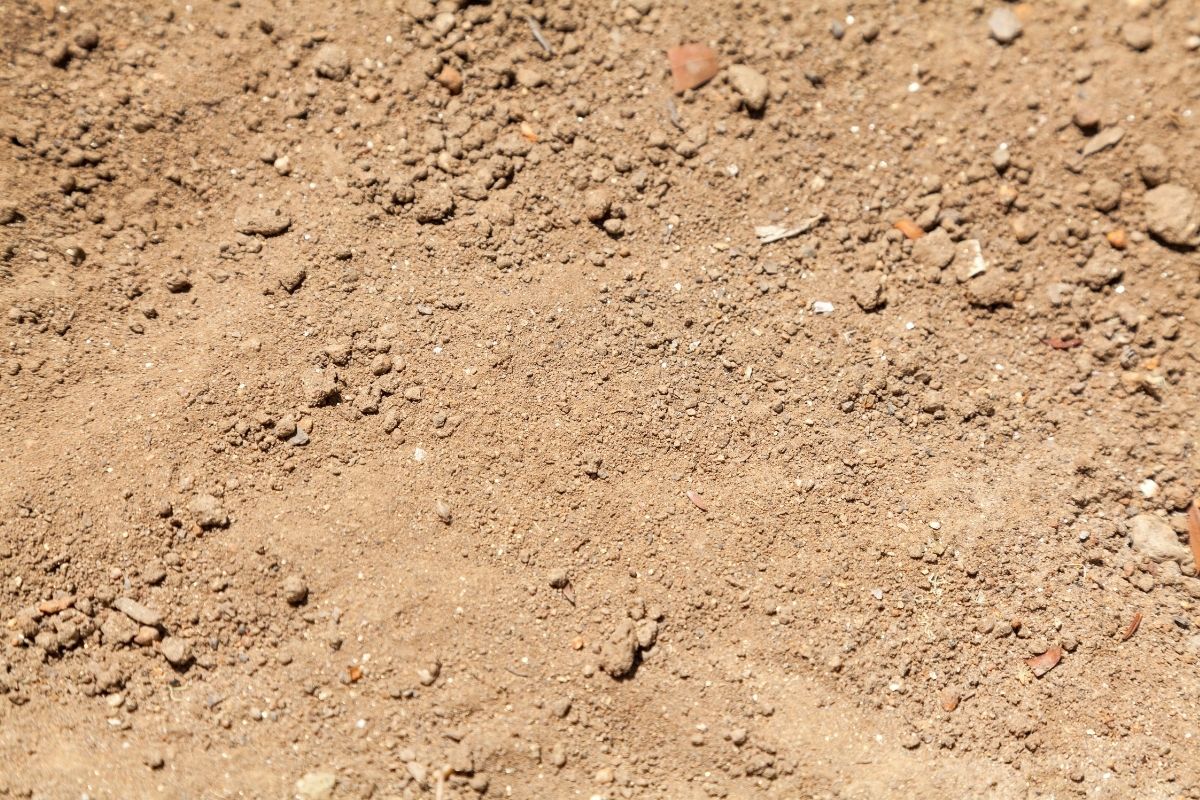
Sandy soil drains quickly. It’s easy to work with but doesn’t hold nutrients well. This makes it the perfect medium for plants that prefer drier conditions. Sandy soil has large, quick-draining particles that warm up rapidly.
Plants that thrive in sandy soil:
- Tulips
- Daphne
- Hibiscus
3. Silt Soil – Medium-Sized With Good Water Retention
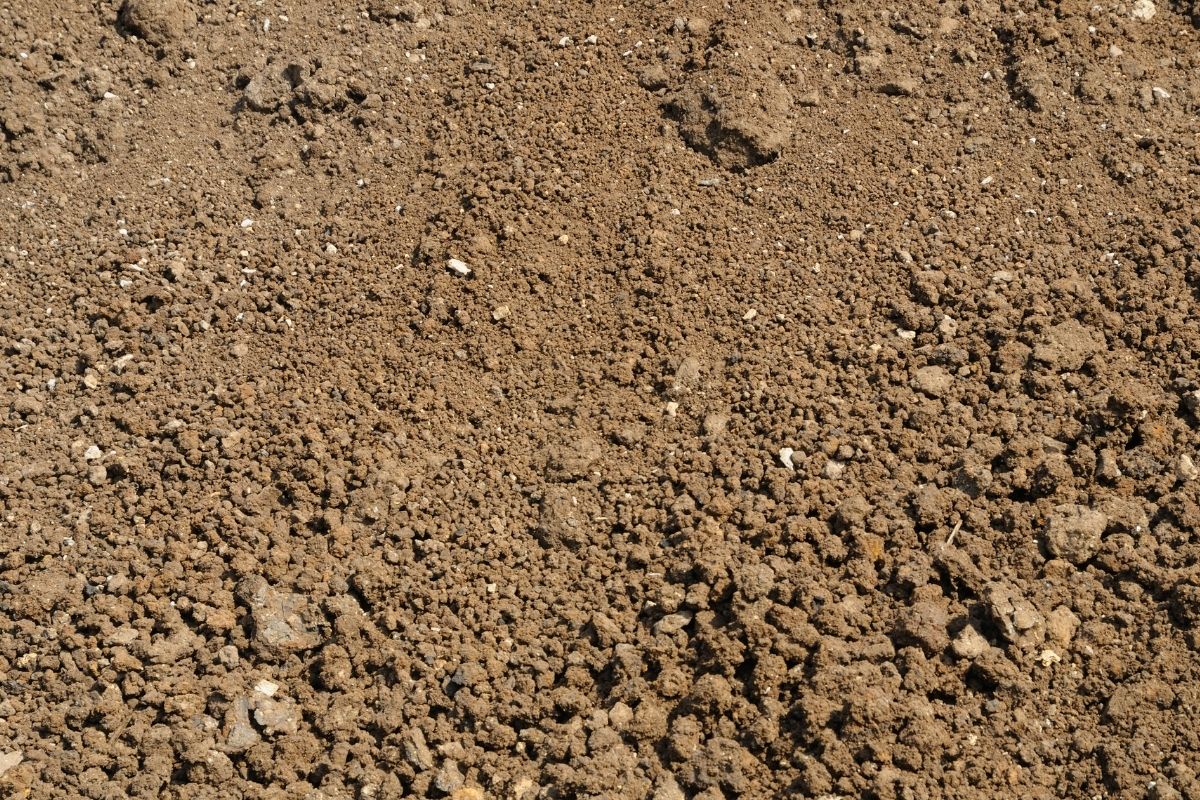
Silt soil is rich in nutrients and retains water well but it can compact easily. This will result in reduced air space for plant roots. Silt is formed by water depositing fine particles of rock and dirt.
Plants that thrive in silty soil:
- Mahonia
- Phormium
- Kerria
4. Loam Soil – Ideal Gardening Soil
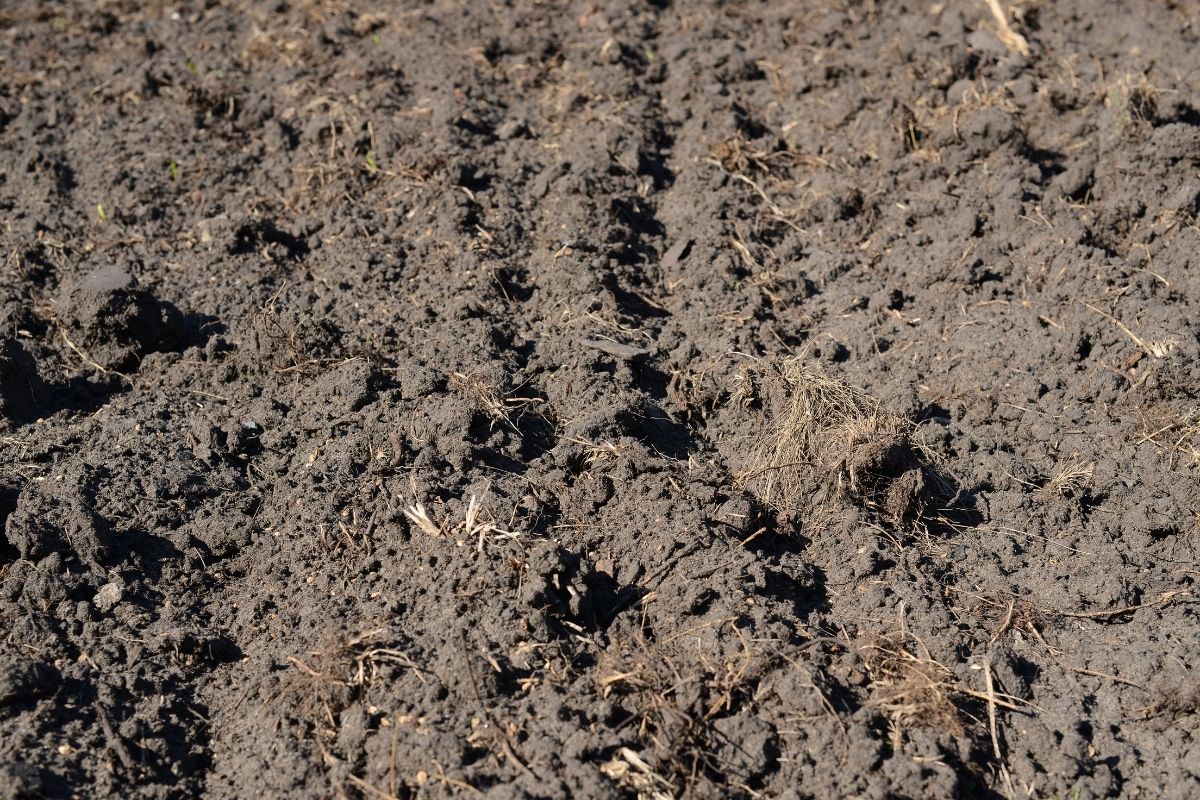
Loamy soil is a balanced mix of organic matter, sand, silt, and clay. Most plants thrive in loamy soil because it drains well, is nutrient-rich, and easy to work with. The combination of materials found in this type of soil makes it perfect for growing a wide variety of plants.
5. Peat Soil – Acidic Soil Packed With Organic Matter
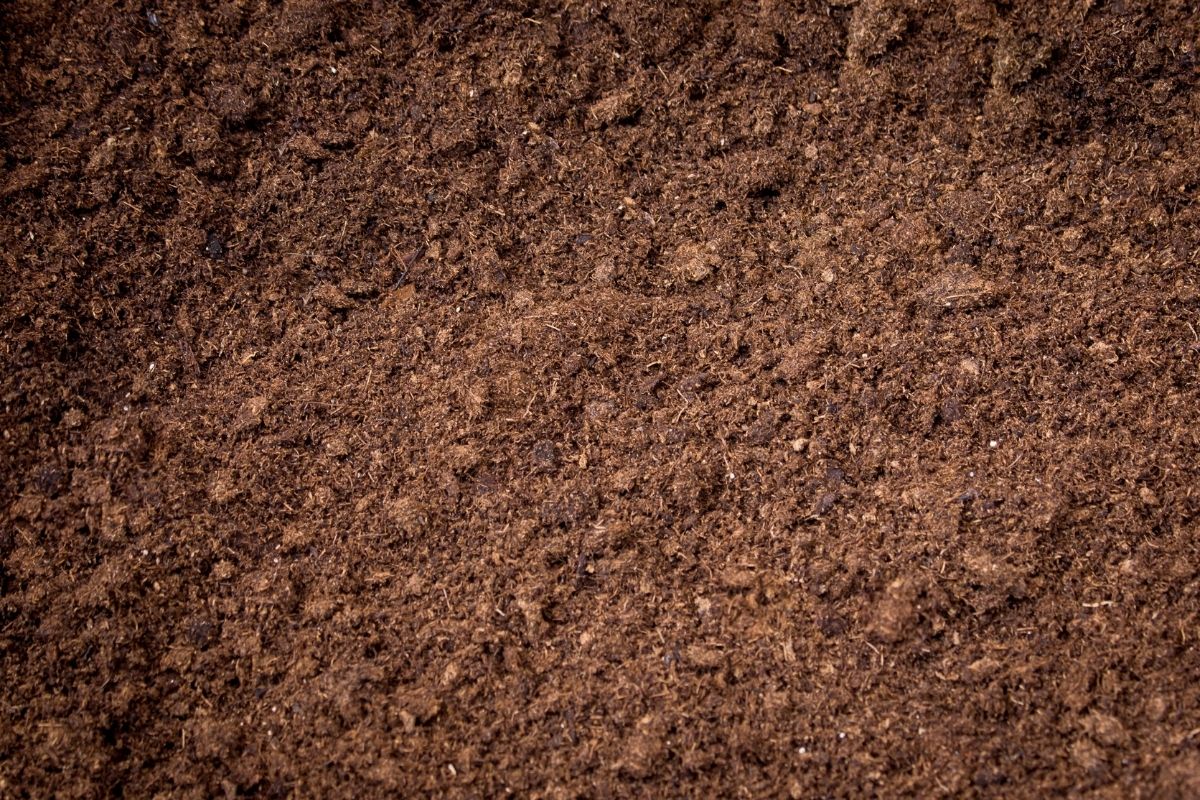
Peat soil is acidic and full of organic matter. It retains water well but may need pH adjustment for plants that prefer neutral conditions.
Plants that thrive in peat soil:
- Heather
- Crinodendron
- Camellia
6. Chalky Soil – Alkaline and Stony With Good Drainage
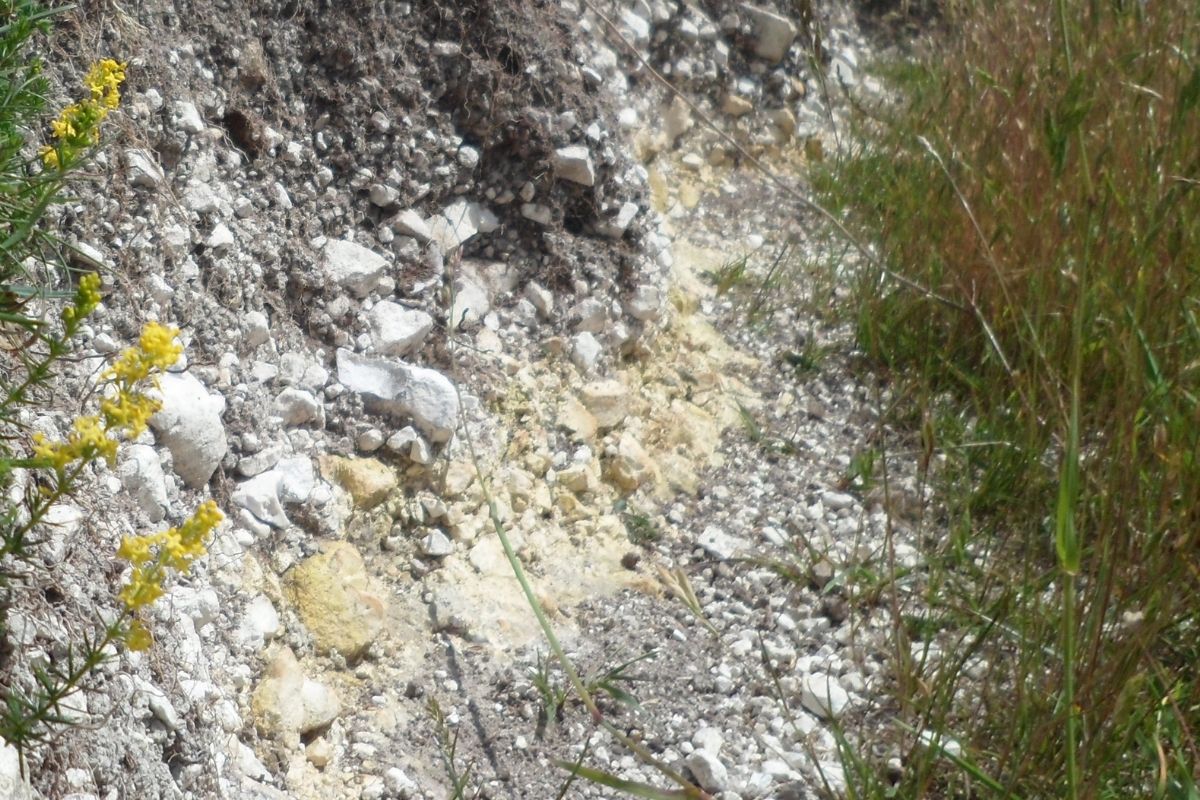
Chalky soil is alkaline (pH above 7) and drains well due to its stony nature. It is quite hard to work with because of the large pieces of chalk and flint present.
Plants that thrive in alkaline soils:
- Mint
- Lilac
- Dianthus
Choosing the right plants for your soil type means you spend less time and money on extra care. Plants that suit your soil type are already set up to soak up the nutrients and water they need. Make it a habit to start with plants that love your soil.
How Do You Identify Your Soil Type?
Soil texture affects how water drains, what nutrients are available, and how roots grow. We’ll walk you through easy tests to determine if you have sandy, clay, or loamy soil. This info will be handy for planning your garden.
How to Test Soil Texture
Every patch of soil has its unique characteristics, which affect the plants that can thrive there. You can identify your soil’s texture using the following tests:
- Feel Test – Take a bit of soil, moisten it, and feel its texture. Is it gritty, smooth, or sticky? This gives you a clue about the sand, silt, and clay in your soil.
- Jar Test – Fill a jar with soil and water, shake it, and watch the layers settle to reveal the proportions of sand, silt, and clay present.
How to Test Soil pH
Soil pH is key in gardening because it tells you if your soil is acidic, neutral, or alkaline. This matters because the pH of your soil affects how well plants can use the nutrients in it.
Testing your soil’s pH is easy. You can use a kit at home or send samples to pros. Here’s how:
- Collect soil samples from different spots in your garden.
- Follow the kit’s instructions.
- Check the results. The pH scale goes from 0 to 14. 7 is neutral. Below 7 is acidic, and above 7 is alkaline.
Knowing your soil’s pH helps you pick the right plants and the right food for them. Acid-loving plants like rhododendrons and azaleas are happy with a pH below 7. Alkaline-loving plants like lavender and geraniums do best in soils with a pH above 7.
How Do You Prepare and Amend Your Soil for Gardening?
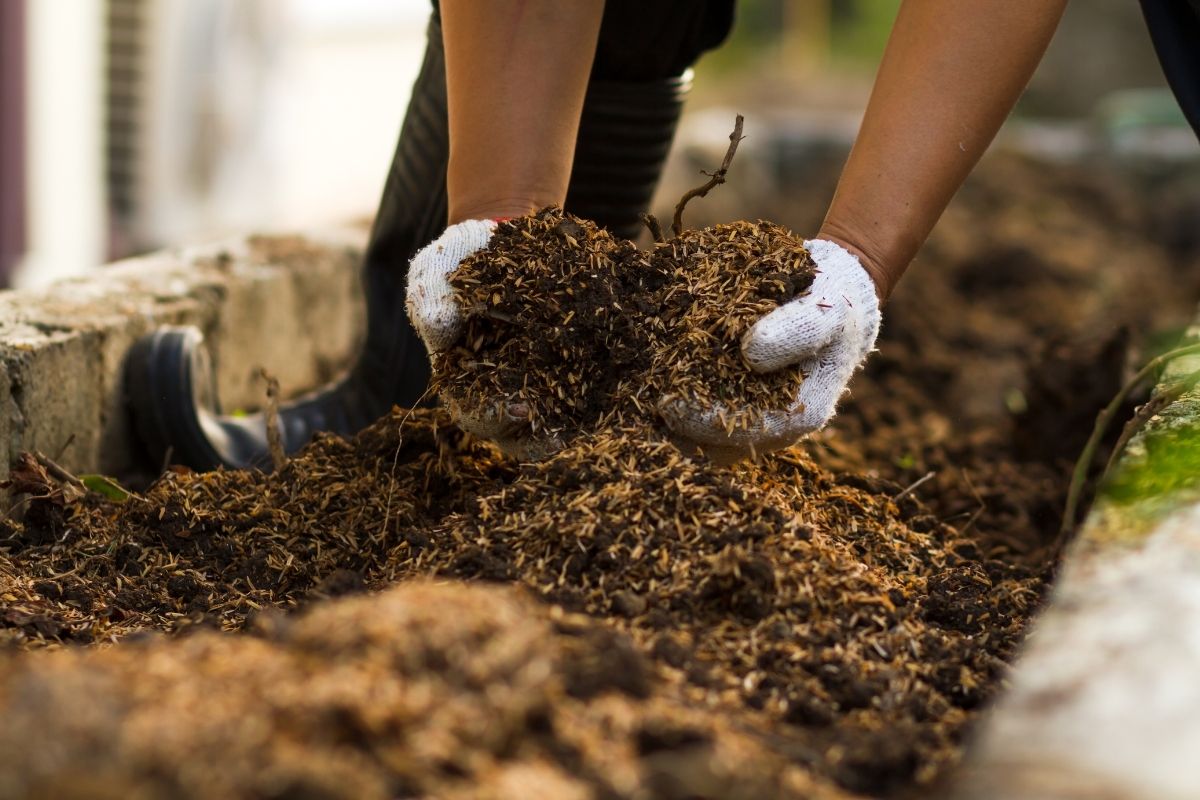
Preparing your soil means getting the structure, nutrient levels, and pH balance just right. Listed below are the basics of soil preparation and some tips on how you can improve it.
Here’s how you can prepare and amend your soil:
- Know Your Soil – Know what you’re working with before you start adding anything. Different soils have different needs. A quick soil test will tell you if your soil is more on the acidic side, alkaline side, or just right. Most plants like a pH that’s not too high and not too low.
- Add in Organic Matter – Once you know your soil, it’s time to add some organic matter to your garden bed. This can come in the form of compost, old leaves, or even certain types of manure. Add this to the top 5-10 inches of your soil to improve water retention, and soil texture, and boost nutrient availability.
- Determine How Much to Add – Aim for about half a wheelbarrow of amendments for every square meter. This ensures your soil stays rich and fertile.
- Use the Power of Mulch – Mulch is an excellent ground cover. It can come in the form of hardwood, wood chips, and old leaves. Mulch decomposes and feeds your soil as it breaks down. It also prevents soil erosion and helps with water and temperature control.
- Do Double-Digging – This can also be an option when you want to improve soil aeration and drainage. Taking good care of your soil leads to healthy plants and a bountiful harvest.
- Use Fertilizers – There are two main types of fertilizers: organic and synthetic. Organic fertilizers come from once-living things and are rich in organic matter. Synthetic fertilizers are man-made and offer a quick nutrient boost. Fertilizers are often packed with essential elements such as nitrogen, phosphorus, and potassium.
Read more in this Guide to Fertilizers.
Guide to Soil Final Thoughts
Understanding soil is key to a healthy and thriving garden. Soil isn’t just dirt. It’s a space filled with helpful bacteria and organisms where plants take root and grow.
Soil consists of rich topsoil and sturdy subsoil. It also has different types such as clay, sandy, or loamy. The kind of soil that you have should guide you into what you should grow. This will make care and maintenance a lot easier.
You can also boost your soil quality by adding treats like compost and mulch. These little extras do wonders for the soil’s texture, its ability to hold onto water, and the overall health of your plants.
Soil preparation and amending might seem like big tasks but they’re really simple steps. Get familiar with your soil so you can lay down the groundwork for a lively garden.
Guide to Soil FAQs
1. What Is the Best Soil for Beginners?
Beginners should go for loamy soil. It’s a perfect blend of sand, silt, and clay, packed with all the good stuff plants love.
Loamy soil is dark and crumbly. This makes it super easy for roots to spread out and water to soak in. Starting with loamy soil will give you lush growth and stunning flowers in your first garden.
2. How Do I Know What Soil to Use?
If you already have a plant in mind, the next thing you should do is check the type of soil that you have. See if it fits the type, texture, and pH level that is needed by your plant. You can do this through a soil test.
Soil testing tells you things like how acidic or alkaline the soil is, what nutrients it has, and how much organic matter is in there. This information will help you decide what your soil needs to be better.
3. How Do You Prepare Soil for Beginners?
Getting the soil ready for beginners is important.
Here’s how to do it: First, clear out any weeds or old plant matter to give your new plants a clean slate. Then, grab a garden fork and loosen up the soil. This helps roots stretch out better.
Lastly, give your soil a snack by adding compost or manure to make it super nutritious. This easy routine sets the stage for your plants to grow happy and healthy.
4. What Are the 6 Types of Soil?
Soil comes in six main types. Clay soil loves holding onto water and nutrients, but it can be too dense for some plants.
Sandy soil has great drainage but needs more watering and feeding. Silty soil is great at keeping water and nutrients where they’re needed.
Loam soil has the perfect mix of everything plants love.
Chalk soil drains fast, but it might not be the best for plants that like things a bit more acidic. Peat soil is rich in organic matter and moisture-retentive but may require pH adjustment for plants preferring neutral conditions.
5. How to Improve Soil Quality?
Improving your garden soil quality is important for a good garden foundation. You can mix in compost, old leaves, or manure to increase your soil’s richness.
Another smart move is to add mulch in the form of wood chips and dead leaves to cover your soil. This will lock in moisture, stop erosion, and feed your soil as it breaks down.
Explore more about gardening with these great reads:


